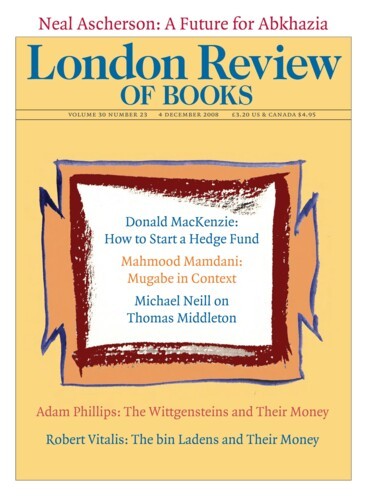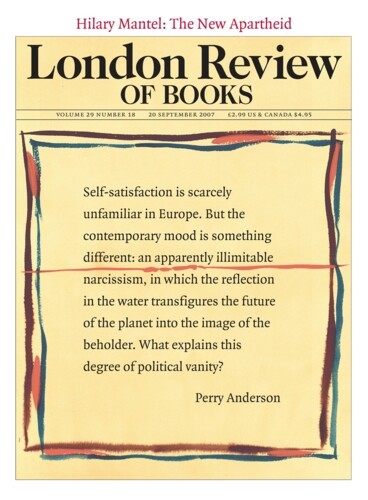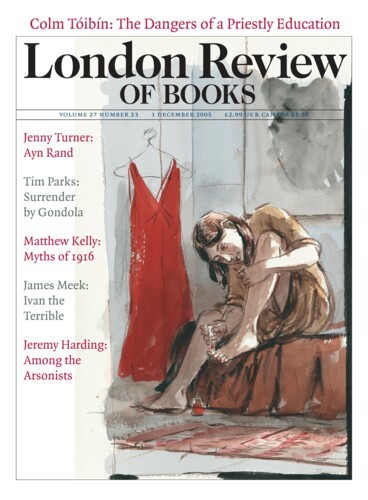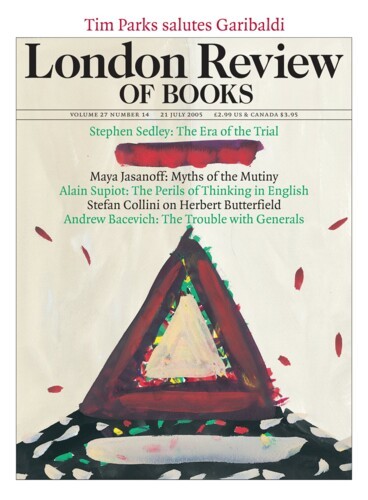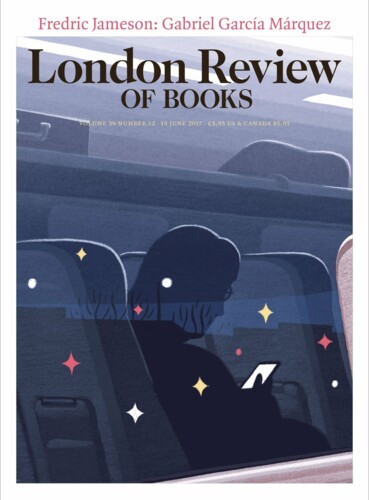This widespread sickness, with its recurring fevers and languorous state, had become confused, particularly in the minds of visiting foreigners, with the common perception of Rome as the city of the dead, a city where a huge amount of space was given over to ancient monuments, ruins and tombs. For many travellers, it was as if the cityscape had created the malaise. ‘There is a strange horror lying over the whole city,’ Ruskin wrote. ‘It is a shadow of death, possessing and penetrating all things. The sunlight is lurid and ghastly . . . the shadows are cold and sepulchral.’ Given the 19th century’s love of the gothic, and given Rome’s reputation for offering an abundant supply of prostitutes and sexual adventures, an attraction to the city tended to be spoken of, not without some excitement, in terms of eros and death. ‘A vampire lay on weak and backward Rome and sucked its blood,’ Herzen wrote. He wasn’t deterred. The pleasantly stupefied state of the Northern intellectual dealing with Mediterranean heat and wine, his sensual appetite heightened, was associated, consciously or not, with the fevers of local malaria victims and the grandiose wreck of an imperial past. ‘To delight in the aspects of sentient ruin might appear a heartless pastime,’ Henry James commented, ‘and the pleasure, I confess, shows a note of perversity.’
Rome or Death: The Obsessions of General Garibaldi by Daniel Pick. In 1822 Giacomo Leopardi was finally allowed to leave home and visit Rome. He was 24. A child prodigy, he had spent his life in the remote town of Recanati in the Italian Marche, governed at that...
